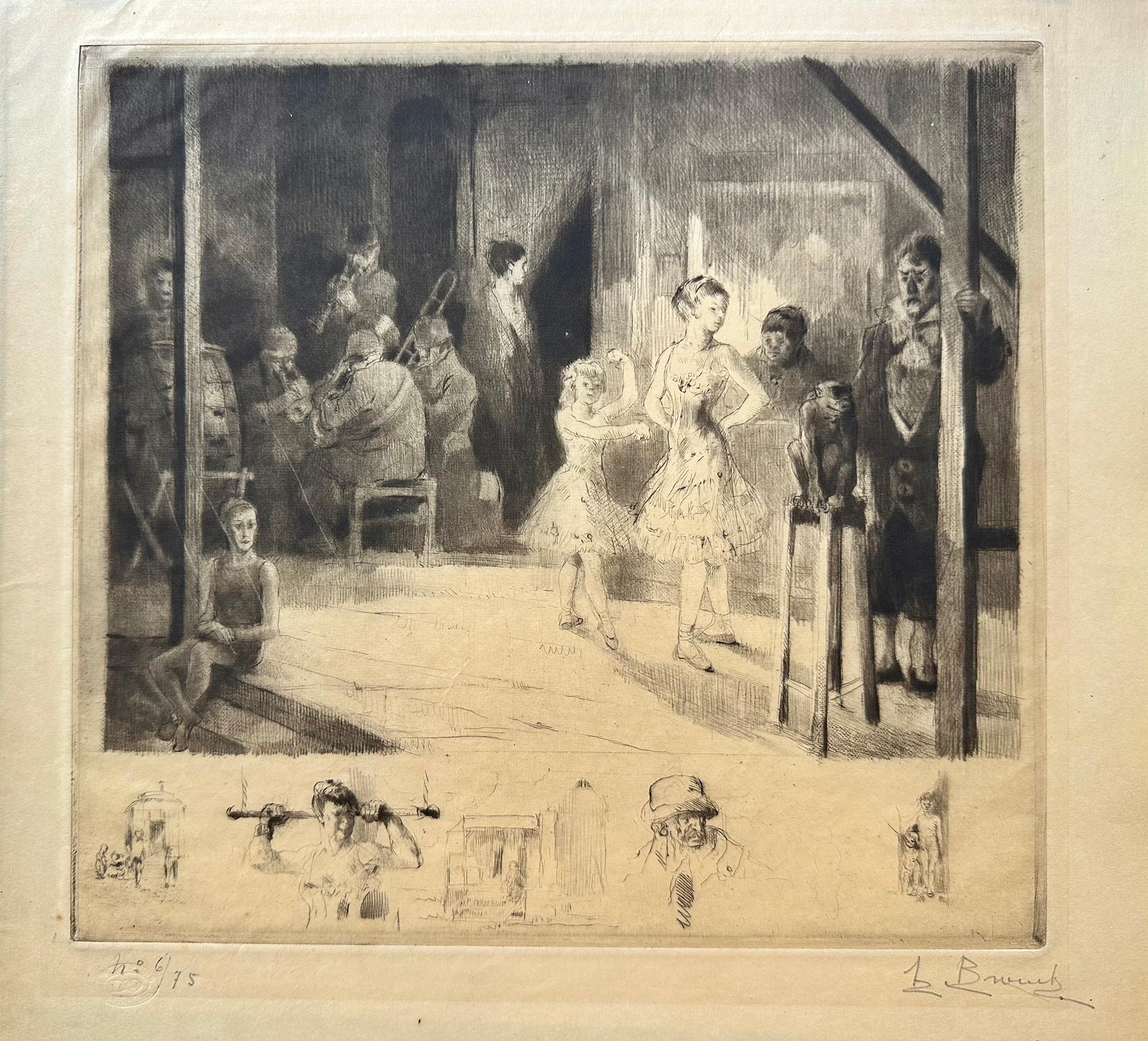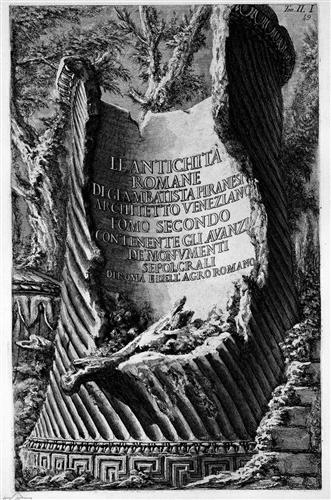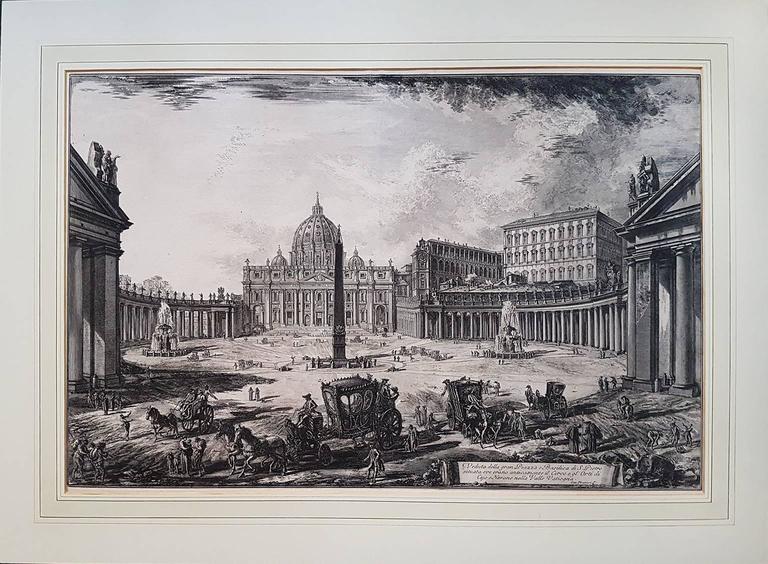

A personality with a double cultural matrix, Venetian and Roman, Piranesi has a very complex artistic physiognomy, which can be divided into three fundamental components. The eclecticism of his works and the versatility of his creative inspiration make Piranesi an artist difficult to insert within a schematic dictated by a subdivision into styles or artistic currents. His engraved tables, marked by dramatic intonation and graphics, appear to be marked by an idea of Roman dignity and magnificence, expressed through the grandeur and isolation of the architectural elements, in order to arrive at a sublime feeling of grandeur of the ancient past, although marked by inexorable abandonment.

Giovanni Battista Piranesi, also known as Giambattista (Venice, 1720 - Rome, 1778), was an Italian engraver, architect and theorist of architecture. Several drawings can be traced back to the plates of the series. Focillon carefully details the question of the dating of the first edition and the different theses expressed by scholars starting as early as the end of the 18th century many agree in distinguishing the engraving of the plates, to be traced back to about 1745, from their publication, which took place around 1750, while the final enlarged edition of two tables would be placed between 17. Many states have been identified - nine those reported by Robison - even after the artist's death, when the branches were purchased by the publisher Firmin-Didot, which in 1835-1839 succeeded with a fifth edition.

The representation closes on the left with a part of the wall arch that seems to open the viewer's gaze on a world of anguish and fear. The title is placed on a huge gravestone, placed close to a wall walkways leading in different directions and a wide staircase are described on the right while a chained figure, characterized by a dramatically tense expression, is outlined above the title and dominates the entire composition. The scene is an example of the entire cycle, one of the most cryptic and technically complex due to the creative genius of the Venetian engraver. The complete etchings, Koln, Taschen, 2000 (ed. The complete etchings, San Francisco, AlanWofsy, 1994, n. Wilton-Ely John, Giovanni Battista Piranesi. A Catalogue Raisonné of the Etchings, Washington, National Gallery of Art, 1986, n. italiana a cura di Maurizio Calvesi e Augusta Monferini, Bologna, Alfa, 1967, p. 1 įocillon Henri, Giovanni Battista Piranesi, ediz. consultata London, Holland Press, 1967), p. Hind, Arthur Mayer, Giovanni Battista Piranesi : a critical study with a list of his published works and detailed catalogues of the prisons and the views of Rome, London, Cotswold Gallery, 1922, 1. This beautiful specimen belongs to the first edition 1749/50. Print dimensions: mm 545 x 410 sheet dimensions: mm 635 x 494. Inscripted in the center, in imitation of a carved epigraph: "INVENTIONS / CAPRIC OF PRISONS / ALL ACQVA FORTE / DATED IN LVCE / BY YOUNG PEOPLE / BOUCHARD IN / ROME MERCANTE / AL CORSO". Original Etching with Burin details on Laid paper. While it is hard to find meaning in the first state of the series, the second state includes explicit references to the justice system under the Roman Republic and to the cruelty for which certain emperors were known.Carcere d'Invenzione is an original Modern Artwork realized by Giovan Battista Piranesi (Mogliano Veneto, 1720 - Rome, 1778). The reworked plates are even darker and more complex, with added details and inscriptions. About ten years later, Piranesi reworked these plates and added two new images to the series.
#GIOVAN BATTISTA PIRANESI SERIES#
Spatial anomalies and ambiguities abound in all the images of the series they were not meant to be logical but to express the vastness and strength that Piranesi experienced in contemplating Roman architecture. Actual prisons in the Italy were tiny dungeons. The fourteen plates depicting prisons - probably Piranesi's best-known series - were described on their title page as ‘capricious inventions.’ These structures, their immensity emphasized by the low viewpoint and the diminutive figures, derive from stage prisons rather than real ones.

Piranesi studied architecture, engineering and stage design, and his first plans for buildings reflect his training combined with the tremendous impact of classical Roman architecture. Rome was the inspiration for and subject of most of his etchings that number over a thousand. A native of Venice, Piranesi went to Rome at age twenty and where he remained for the remainder of his life.


 0 kommentar(er)
0 kommentar(er)
